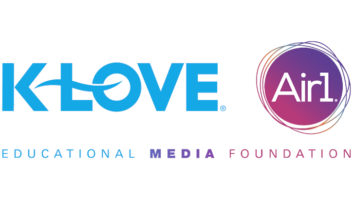The war in Iraq, particularly in these recent weeks, has posed ethical challenges for electronic journalists about the airing of certain sounds and images. In an effort to help, the Radio-Television News Directors Association has released new guidelines for the airing of graphic materials. RTNDA’s Ethics Committee, made up of radio and television news directors, developed the guidelines with feedback from ethics experts.
“These guidelines are meant to help journalists in the decision-making processes they face every day, whether dealing with war images or those of local news events,” said Barbara Cochran, RTNDA president.
Here are a few of the questions to consider when critical issues involving dramatic content arise:
What is the journalistic purpose behind broadcasting the graphic content?
Does the display of such material help the audience to better understand the story?
If asked to defend the decision to your audience or the stakeholders in the story, such as a family member, how will you justify your decision?
When is a notice to the audience warranted that what they are about to see or hear is graphic?
How will the graphic material be used later? Will there be a time limit after which the material is no longer aired?
The complete list can be found on the organization’s Web page, www.rtnda.org/ethics/graphic.shtml.
RTNDA Taps Into Media Conscience With War Coverage Guidelines
RTNDA Taps Into Media Conscience With War Coverage Guidelines







